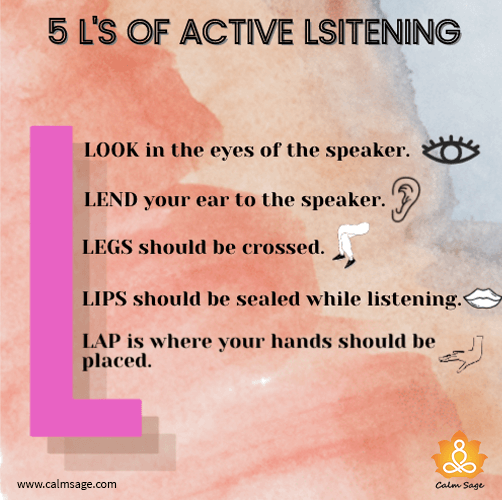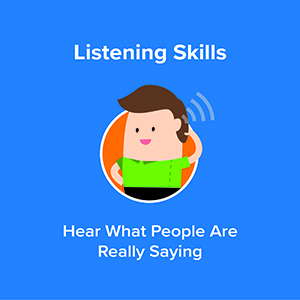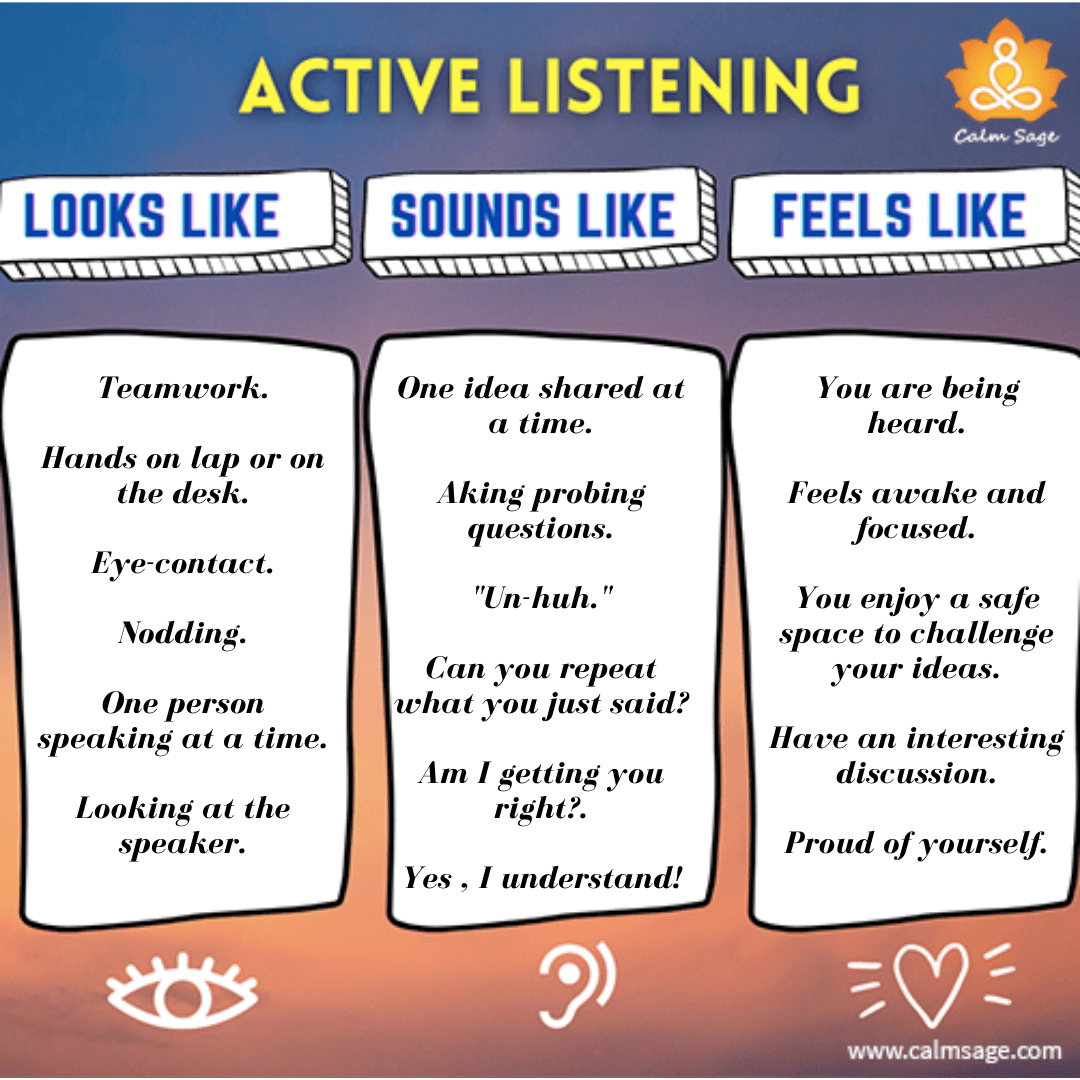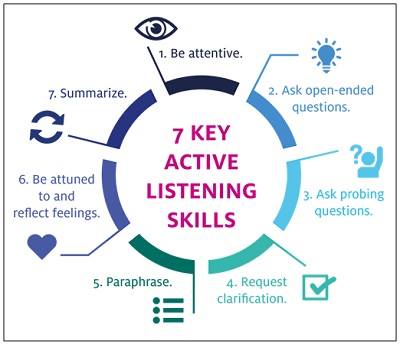Give the speaker your undivided attention and acknowledge the message. Recognize that non-verbal communication also speaks loudly.
Active Listening Skills Techniques The Ultimate List
It involves using words body language and even questions to demonstrate that youre really listening.

How to practice active listening. Gain an understanding of the situation from the others point of view. Take some deep breaths turn off the TV put your phone away mentally set aside any personal distractions and do your best to give the other person your undivided attention. This technique can help reduce your nervousness during an interview.
It gives a strong and straight message to the other person that you are completely focused on and consumed in what he has to convey. In general you should aim for eye contact about 60 to 70 of the time. Paraphrase what has been said rather than offering unsolicited advice or.
Youll learn tips for how to connect with others then practice in breakout rooms. Most importantly maintain eye-contact with the other person. The following tips will help you to become a better active listener.
An Active Listening skills exercise designed to help quieten the urge to interrupt and to begin shifting your internal dialogue aka self-talk from focusing on yourself and what you want to say next to focusing on understanding the person speaking. If you and your team are new to remote work keep reading to learn how to host an effective online meeting. If you really want to hear from your team you can always send out an anonymous poll or set up a QA through Poll Everywhere.
Empathy the ability to put oneself in anothers shoes is the most important characteristic of active listening. Maintaining eye contact is at the heart of active listening. Then invite the other person to begin.
Becoming an Active Listener. To actively listen you first need to clear your head as best you can. If youre like most people youve likely had the experience of listening on autopilot when you think you are.
Active listening requires the listener to fully concentrate understand respond and then remember what is being said. In this experiential group well practice good communication and active listening skills. In this article well cover the following.
It is a skill that is not used as often as needed but it needs to be present in all conversations. This exercise is done with another person. Active listening redirects your focus from what is going on inside of your head to the needs of your prospective employer or interviewer.
Youll meet new people while gaining the skills and confidence you need to form deeper connections in day-to-day life. Keep your lips sealed until and unless probing is required. Keep in mind that active listening doesnt always require verbal conversations.
How to be an active listener 1. Show That Youre Listening. Why is listening important.
You make a conscious effort to hear and understand the complete message being spoken rather than just passively hearing the message of the speaker. Listen without making judgments or taking a position on an issue. By placing your focus through active listening squarely upon the interviewer you prove that you.
Make eye contact while the other person speaks. Try this exercise to strengthen your active listening skills. Active listening is a way of listening that lets others know youre engaged.
So you will need to enlist a volunteer.
 How Active Listening Makes Both Participants In A Conversation Feel Better Wsj
How Active Listening Makes Both Participants In A Conversation Feel Better Wsj
/active-listening-skills-with-examples-2059684-finalv1-ct-8f9549d650aa46318b5d0351fdab9759.png) Important Active Listening Skills And Techniques
Important Active Listening Skills And Techniques
 Why You Should Practice Active Listening Herdacity
Why You Should Practice Active Listening Herdacity

 Tips To Practice Active Listening
Tips To Practice Active Listening
 Active Listening Communication Skills Training From Mindtools Com
Active Listening Communication Skills Training From Mindtools Com
 How To Practice Active Listening Duke Today
How To Practice Active Listening Duke Today
 Tips To Practice Active Listening
Tips To Practice Active Listening
How To Use Active Listening With Children Hybrid Parenting
/active-listening-skills-with-examples-2059684-finalv1-ct-8f9549d650aa46318b5d0351fdab9759.png) Important Active Listening Skills And Techniques
Important Active Listening Skills And Techniques
 How To Practice Active Listening Aduro Blog
How To Practice Active Listening Aduro Blog
 Put Active Listening Into Practice Map
Put Active Listening Into Practice Map
 Use 6 Active Listening Skills Techniques To Coach Others Ccl
Use 6 Active Listening Skills Techniques To Coach Others Ccl
 A People Leader S Guide To Active Listening
A People Leader S Guide To Active Listening

No comments:
Post a Comment